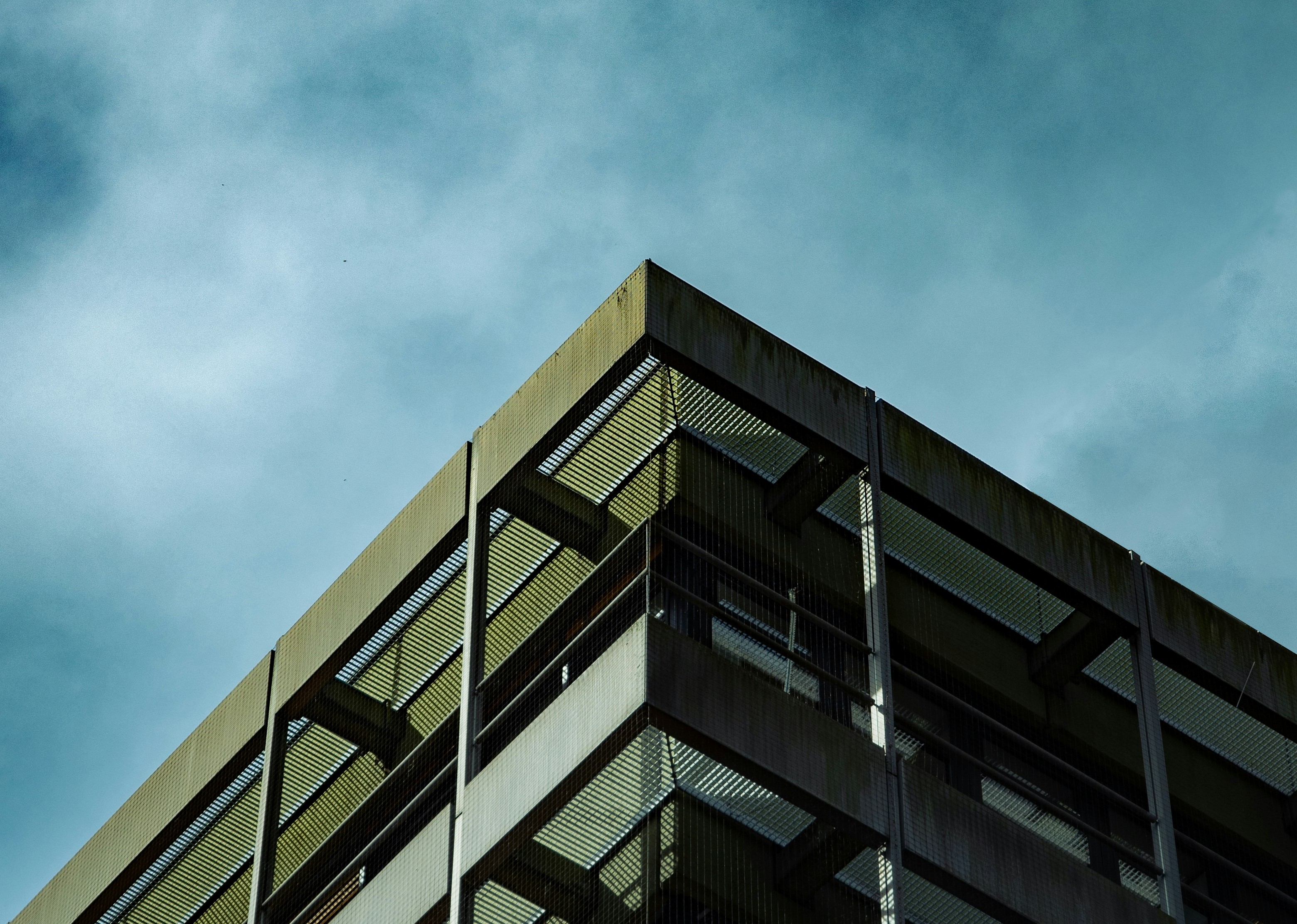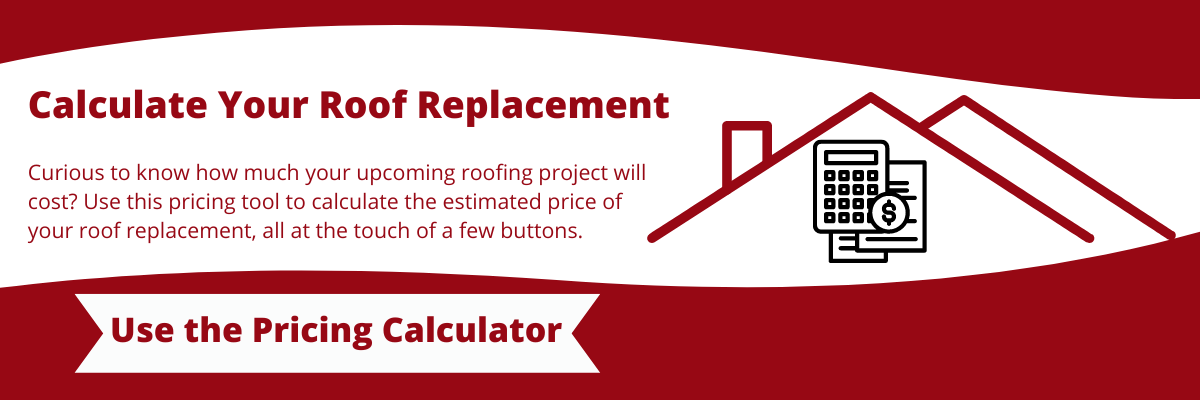
When you gaze at the skyline of a city, the majority of commercial buildings boast an architectural feature that sets them apart from traditional residential homes – flat roofs. This design choice may leave you wondering, why do so many commercial structures opt for a flat roofing system? The answer lies in a combination of functionality, practicality, and the unique requirements of large-scale buildings.
Commercial spaces, whether towering office complexes or expansive shopping centers, often embrace the versatility and advantages offered by flat roofs. This roof type not only provides additional space for HVAC and mechanical units but also opens up new possibilities for enhancing power systems or improving water supply for commercial buildings. At RoofCrafters, we've installed flat roof systems for nearly thirty years, and we understand just how beneficial they are for commercial properties.
In this guide, we'll delve into six compelling reasons behind the popularity of flat roofs in commercial architecture. From maximizing usable space to accommodating essential equipment, each aspect contributes to the widespread adoption of flat roofing systems.
Get ready to discover why, when it comes to commercial buildings, flat is more than just a design choice – it's a strategic and practical roof solution!
The Relationship Commercial Buildings and Flat Roofs: History Edition
The utilization of flat roofs on commercial buildings has a storied history that spans centuries, with different civilizations contributing to the evolution of this architectural feature. Understanding the historical context provides business owners with insights into the longstanding practicality and aesthetic appeal of flat roofs.
Ancient Mesopotamia: The roots of flat roofs can be traced back to ancient Mesopotamia, where the construction of ziggurats showcased early instances of flat terrace-like rooftops. These structures, dating as far back as the 3rd millennium BCE, served religious and administrative purposes. The flat design allowed for ease of access to the upper levels, emphasizing functionality alongside symbolic significance.
Egyptian and Roman Influence: In ancient Egypt, flat roofs made from materials such as clay and wood were prevalent in both residential and commercial buildings. As architectural knowledge advanced, ancient Romans adopted and adapted flat roofs for various structures, including commercial buildings and marketplaces. The Romans utilized concrete and stone to construct durable and practical flat rooftops.
Islamic Architecture: During the Islamic Golden Age (8th to 14th century), Islamic architects made significant contributions to the use of flat roofs. In the Middle East, flat rooftops adorned mosques, palaces, and bazaars. Islamic architects developed innovative construction techniques, incorporating ventilation systems and waterproofing methods into the design of flat roofs.
Renaissance and Industrial Revolution: The Renaissance period witnessed a renewed interest in classical architecture, leading to the incorporation of flat roofs into commercial buildings. The Industrial Revolution brought about advancements in materials and construction, further influencing the prevalence of flat roofs on factories and warehouses. The practicality of flat rooftops aligned with the functional needs of industrial structures.
Modern Era: In the 20th century, architects embraced the modernist movement, emphasizing simplicity and functionality. Pioneers like Le Corbusier and Frank Lloyd Wright incorporated flat roofs into their designs, marking a departure from traditional pitched roofs. The International Style, popularized in the mid-20th century, further propelled the use of flat roofs in commercial architecture, reflecting a shift towards clean lines and geometric forms.

Contemporary Trends: In contemporary times, flat roofs continue to be a popular choice for commercial buildings, especially in urban settings. Technological advancements in roofing materials, insulation, and waterproofing have enhanced the performance and durability of flat roofs. The flexibility of flat roof designs allows for the incorporation of green roofs, solar panels, and outdoor recreational spaces, contributing to sustainability and energy efficiency.
As you can see, we've used flat roofs on commercial buildings for MANY years. They go hand in hand like bread and butter, complimenting and bringing out the best in each other. You weren't expecting a history lesson today, were you?!
Flat Roofs & Commercial Buildings: 6 Reasons Why They're the Perfect Match
Flat roofing and businesses have a special, symbiotic relationship with one another. Why is that? Let's see.
1. Practical Use of Space: Commercial buildings, by their nature, often require versatile use of space for various functions beyond mere shelter. Flat roofs, with their level surfaces, offer an efficient way to maximize usable square footage. This proves invaluable for accommodating essential equipment, such as HVAC systems and other utilities, without compromising the building's interior space. The practical use of space extends to creating rooftop areas for recreational purposes, solar panel installations, or even green spaces, contributing to a more functional and dynamic commercial environment.
2. Accessibility and Maintenance: Commercial buildings, with their complex infrastructure, demand regular maintenance and accessibility to critical systems. Flat roofs provide a distinct advantage in this regard. The ease of access to the roof allows for simplified inspections, repairs, and maintenance tasks. Maintenance personnel can navigate the flat surface more efficiently, ensuring that essential components remain in optimal condition. This accessibility enhances the longevity of the roofing system and contributes to the overall durability of the commercial structure.

3. Installation of Solar Panels: The global emphasis on sustainable and eco-friendly practices has made solar energy more popular for many commercial buildings. Flat roofs offer an ideal platform for the installation of solar panels. The unobstructed space and ease of orientation make it possible to optimize sun exposure, maximizing energy generation. This alignment with green energy initiatives positions flat roofs as a great choice for commercial buildings looking to integrate renewable energy solutions into their operations.
4. Integration with Building Systems: Commercial buildings often house extensive mechanical, electrical, and communication systems crucial for their day-to-day operations. Flat roofs provide a practical solution for housing and integrating these systems. The level surface facilitates the strategic placement of equipment, ensuring efficient functionality without compromising the building's overall design. This seamless integration enhances the building's operational efficiency and supports the diverse requirements of commercial activities.
5. Cost-Effectiveness: The cost considerations associated with construction and maintenance play a significant role in the decision-making process for commercial buildings. Flat roofs are generally considered more cost-effective than pitched or sloped roofs. The simplified design with fewer components can result in lower installation costs. Additionally, the accessibility of flat roofs streamlines maintenance tasks, reducing labor and time requirements. This cost-effectiveness aligns with the practical budget considerations of commercial property owners, making flat roofs an attractive choice.

6. Efficient Water Drainage: Contrary to the misconception of being entirely flat, flat roofs have a subtle slope or drainage system to ensure effective water runoff. Modern roofing materials and waterproofing techniques are employed to manage water drainage efficiently. This is a critical consideration for commercial buildings, where water damage can have severe consequences. The engineered design of flat roofs addresses this concern, offering reliable water drainage and protection against leaks.
Is Your Commercial Building Ready for a Flat Roof?
The use of flat roofs in commercial buildings offers a multitude of benefits that cater to the unique demands of business spaces. From providing additional usable square footage to accommodating essential equipment and systems, flat roofs have become a practical choice for modern commercial structures. The cost-effectiveness, versatility, and potential for creating functional spaces make them a popular option among architects and business owners alike.
The long history of flat roofs in commercial construction also demonstrates their enduring relevance. Over time, innovations in materials and construction techniques have enhanced the performance and durability of flat roofs, making them a reliable choice for businesses aiming for long-term sustainability. Whether it's the simplicity of maintenance or the potential for creating rooftop amenities, flat roofs continue to stand out as a practical and forward-thinking solution for commercial buildings.
RoofCrafters has been expertly installing flat roofing since the late 1990s. With a track record of thousands of 5-star reviews and satisfied clients, we guarantee not only a high-quality job but also a durable, manufacturer-backed warranty for your peace of mind. Take the first step toward a reliable roofing solution and get started with us today! Head over to our contact page to get in touch with one of our friendly representatives.
My name is Kevin Mills, and I am the lead estimator for RoofCrafters’ Tampa division. I’m originally from Michigan, and I enjoy hunting, fishing, and spending any free time outdoors. What I’m most passionate about, though, is helping business owners and homeowners alike achieve their roofing goals, all while providing a seamless customer journey.




